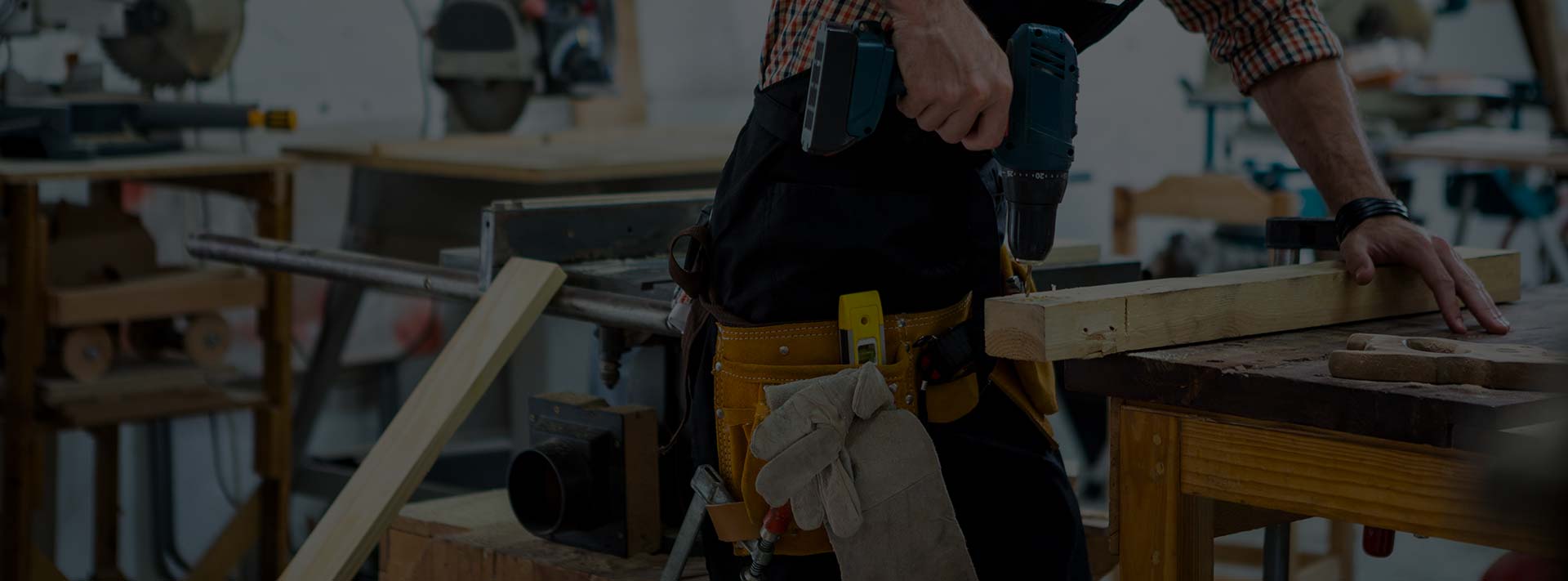
30 Jul Butterfly Valves: What to Know Before Making Your Purchase
When it comes to the world of commercial butterfly valves, not all devices are created equal. There are many differences between the manufacturing processes and devices themselves that change the specifications and capabilities significantly. To properly prepare for making a selection, a buyer must learn the technology and the differences in each variety to choose their device properly.
What Are Butterfly Valves?
A butterfly valve is a specific piece of hardware designed to control the flow of any kind of liquid or semi-liquid material passing through a series of pipes. These pipes can transport a variety of materials such as water, oil, fuel, waste, or any other type of gas, liquid or semi-liquid material.
This flow adjustment is made through the use of a circular disc that is rotated to provide clearance or closure to the inner pipe surface. When the disc is spun to a position perpendicular to the inner passage of the pipe, it closes off the passage and stops the flow completely. When rotated to lay parallel to the pipe, the obstruction is removed and full flow is once again allowed. The valve can also be positioned at points in between, expanding or reducing the passage incrementally as specified by a flow control device.
Construction of Butterfly Valves
The construction material of a valve determines its capabilities and longevity. Valves that are designed for heavy flow, high pressure, and long-term use, especially in remote locations, are generally constructed out of a cast or strengthened metal. Other versions which are designed for lighter duty or shorter term use are made out of such materials as light alloy, aluminum, or PVC plastic. The highest quality valves are engineered to withstand the rigors of handling extremely high pressure, carry significant material flow, and have the durability required for long-term use. For devices in hard-to-reach locations or buried deep underground, a more permanent style valve is required. The costs of reaching such a device for replacement are often astronomical, so investing in the highest quality valve from the beginning is a wise choice.
Specific Applications
Choosing a valve according to a specific application is important. Some are lightweight and designed for small waterlines or fuel line control. Aquariums, pools, and sprinkler systems are good examples of light-duty, non-critical uses for butterfly valves.
More demanding applications such as gas pipelines, oil transport systems or high-pressure city water switching systems require high-quality, reliable valves with an extended life-cycle. These heavy-duty devices are factory tested for performance and reliability, to meet and exceed the demands of mission-critical operations.
Manufacturer’s specifications can reveal the nuts-and-bolts details of each valve’s capabilities. Selecting the proper valve for the job is critical to long-term usage with reduced chances of mechanical failure.
Level of Precision
Another important factor in selecting a valve for an application is the level of precision that has been engineered into the device. Each valve has specifications detailing the amount of leakage, if any, in the shut-off position, how wide the passage is, the liquid volume that can pass through when fully opened, and how reliable the valve is long-term. Specs also detail the speed of the valve’s operation, perfect for instances when timed performance is a necessity.
Control Options
The next important factor in selecting a valve for a given application is the method of control. Some valves include a lever or handle, designed to be manually switched from open to closed. The handle typically has a quarter-turn of travel from end to end, for quick and easy switching of the valve state. Others are designed to be automated by use of a mechanical switching device such as a solenoid or other physical mechanical travel.
More advanced valves include a fully powered electric motor system of control. This motor either directly rotates the shaft of the valve or moves the lever through the use of an actuator arm. Either provides full control from a remote location and can be used to adjust for precise flow control if needed.
Valve Capacity
The final factor in selecting a valve is the capacity of the device. This includes flow specifics for how much material is passed through the valve in a given time, and how much internal pressure the valve can safely endure. For high-pressure, heavy flow devices a large, upper-quality valve is required, with the proper sizing to match the attached pipe system. Be sure to check the specs against your specific needs to assure the valve has sufficient capability for the application.
Butterfly Valves Support
For many implementations, the deciding factor may come down to the company and their track record with customers. A powerful support department and service after the sale is essential to a business operation and can make or break your goals by their availability. Be sure to partner with a reliable, reputable source when selecting valves for your specific needs.


Sorry, the comment form is closed at this time.